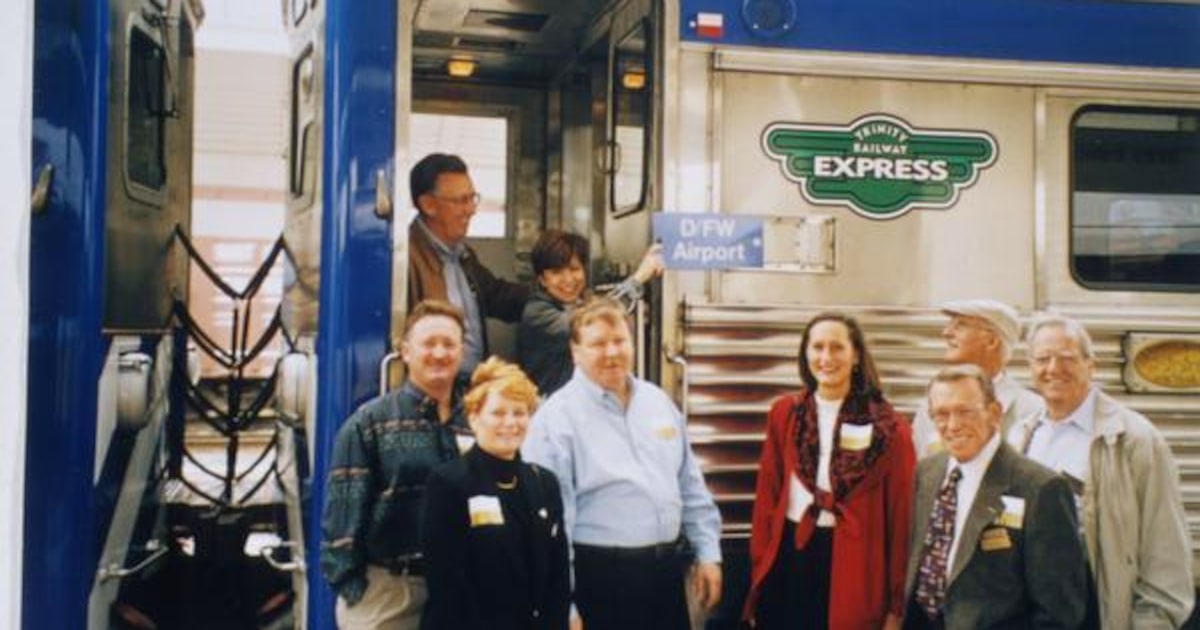Metropolitan areas get only a few opportunities to engage in big regional ideas, for many reasons. They are hard to manage and they have lots of moving parts. It is difficult to get politicians to stay the course over long periods of time. City council members and staffs change over the years, and they don’t always have a lot of institutional history at their access. Naturally there is a tendency to minimize the benefits cities have received from shared regional projects in the past and focus on perceived present shortcomings.
In my opinion, this is what is happening with DART right now. Once people get the big things they want out of a system; they tend to start trying to define the offerings more to their present individual needs. The regionalism thing gets put on the back shelf.
DART is a good system for many people. Even if you don’t take advantage of the system yourself, you must recognize the benefits of not having hundreds of thousands more cars on the streets daily.
And the number of people benefiting from DART has grown, albeit slowly.
Opinion
I was city manager in Addison when we joined DART in 1982. We knew that the system was supposed to be a hub-and-spoke design, and it would take time to build it out to us since the hub would be in downtown Dallas. We waited our turn.
Dallas often talks about how much it has contributed to DART, but I am not sure most people remember that for the first 20 years all the rail built in the system was within the city of Dallas. DART also took over the aging bus system in Dallas and totally revamped it.
Lots of opportunity and development followed. Significant benefits occur with the construction of rail lines and transit stations. We should not forget what those assets have created in economic benefit to the individual cities that go beyond the investment in the system.
Look at what has developed around Mockingbird Station in Dallas and the many other Dallas stations. Galatyn Park in Richardson is a huge success adjacent to the Red Line. The Downtown Carrollton station will be a major hub and is already seeing significant development, as is downtown Farmers Branch. Plano has enjoyed rejuvenation of its downtown area and will benefit from the Silver Line connection to DFW International Airport. Those areas were stagnant before the prospect of rail came to town.
The DART system is not just about moving people. It is about creating economic opportunities for the region, and sometimes this gets left out of the conversation when we talk about DART.
Addison has been waiting for 43 years for the Silver Line to be constructed. We have had the benefit of the other services of DART during that period. Much of the delay has been to accommodate other cities’ priorities, such as adding a connection of the Silver Line to 12th Street in Plano and shifting funding to connect the Las Colinas Urban Center to DFW Airport. All these changes made the system better, but pushed the Silver Line back further in the construction process.
This current conversation is about more than money, although make no mistake it is about some member cities extracting money out of the system. It is about completing the vision and not damaging DART to satisfy the politics of the day. I have always been fascinated to see that citizens have understood the importance of DART even when politicians question it.
The politics of DART have often been bumpy, but the 13 cities have worked together for 40 years. They can continue to do so if they don’t divide up and wreck the system.
Those big regional ideas like DFW Airport and DART have propelled us to be one of the most prosperous metropolitan areas in the country. Dallas has led those efforts in the past to the benefit of the region.
We should not forget that a rising tide lifts all boats. We need to remember that regionalism is important all the time, not just when individual cities are getting exactly what they want, when they want it.
Ron Whitehead was the city manager of Addison from 1982 to 2014.
